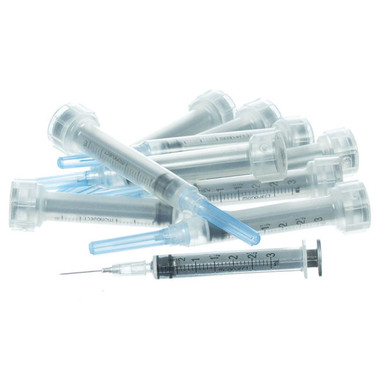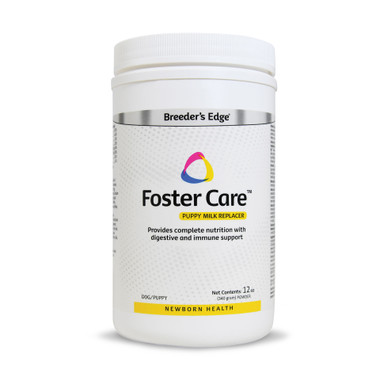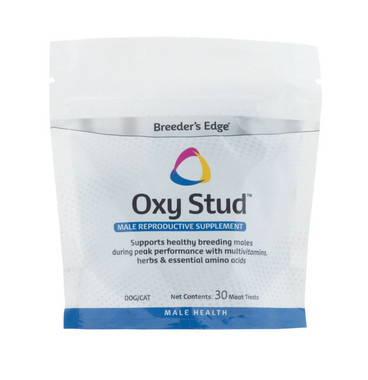Is your Dog’s Bowl making Her Sick? Yes! Could Be!
Estimated 0 min read
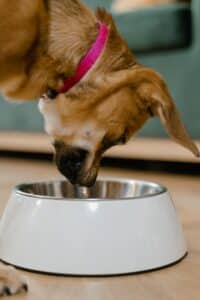
Your dog’s bowl can actually make them sick.
It may not occur to most dog and cat owners that such a common household item as your pet’s food and water bowls can actually make them sick. How is that possible, you may be wondering? After all, you feed your pets every day and wash out the dish or bowl routinely. Why not your dog’s bowl?
But there are unforeseen harmful germs and bacteria lurking around that cute ceramic puppy bowl. There is possible exposure to harmful chemicals from that great set of sturdy plastic containers from your local discount store. In fact, astudy conducted by an NSF International, an independent global organization that tests for public health and safety concerns, ranked our pets’ bowls as the fourth “germiest” of 30 everyday household items. This includes ones that you will readily recognize such as kitchen sponges and sinks, cutting boards and toothbrush holders.
So, let’s take a look at what are the best options for keeping your dog’s food and water bowls germ-free, clean and healthy. And, avoid that unnecessary trip to your pet’s veterinarian.
Best (and Worst) Dog Bowls
For the most part, what applies to our dogs, also applies to our cats’ food and water bowls or other family pets. There are various options for feeders and bowls, depending on the size and age of your pet. Then there’s the type of food bowl you’re considering, such as slow feeders or elevated bowls and slip-resistant models.
Stainless Steel Bowls – The BEST Choice!
It’s fairly unanimous from pet experts that stainless steel is the best choice for dog’s water and food bowls. Stainless steel is easy to clean and durable, dishwasher safe, non-porous and resistant to rust. This type of bowl is practically unbreakable if you have a furry ruffian in the house! But most importantly, a stainless steel bowl will not emit harmful chemicals or toxins as opposed to bowls made of other synthetic materials.
Ceramic Bowls – Use with Caution
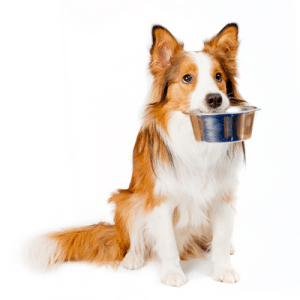
Dog holds stainless steel bowl; our top choice!
If you’ve ever been to craft shows or art festivals, vendors at these events often sell and display pet gear and supplies. Are those really cute puppy and kitten ceramic bowls that are emblazoned with your favorite sports team’s logo safe for your furry friend to eat and drink out of? It depends.
Ask the seller of these pet supplies some questions or do research before you buy a ceramic bowl. Ceramic kitchenware for humans needs certification as safe to use for human food consumption, but that’snot requiredfor pet bowls. The most important things to find out is whether the glaze used in the ceramic is lead-free or free of other chemicals that make your dog or cat sick. Ceramics chip or break more easily, so it’s important to take extra care when washing and disinfecting them. Check on a regular basis for nicks or for pieces that might break off that your cat or dog could accidently swallow. That scenario would call for an emergency trip to the veterinarian! And you know it would be after hours!!
Plastic Bowls – The Worst Choice
Plastic bowls are resoundingly Not recommended for your pet’s dog or water bowls. Of course, it’s tempting to use plastic because it’s so inexpensive and readily available. But the vast majority of veterinarians or other pet professionals agree it’s the worst choice for pet bowls.
Plastic items of all forms – from food and beverage storage containers to water bottles and metal food cans — contain BPA (Bisphenol A). BPA is a synthetic chemical used in the hardening process of plastics and resins. It’s found in many plastic products and it’s been used in the manufacturing process since the 1960s. Many studies of human subjects over the years show links between BPA and serious diseases ranging from cancer and endocrine diseases to neurological and reproductive problems. It’sbestto completely avoid plastic products, especially food and water containers for your dog or cat. Plastic containers are also prone to bacteria because they are porous. They often become cracked or scratched with a lot of use and that becomes them the perfect breeding ground for nasty germs.
How to Regularly Clean Your Dog’s Bowl
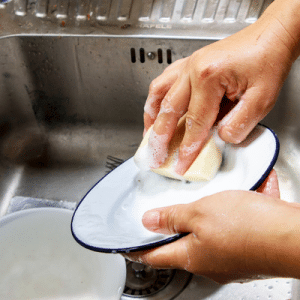
Wash dog bowlsdaily in hot soapy water and let air dry or sanitize.
Many of us are in a rush in our daily lives with work, school and family obligations. It’s tempting to take shortcuts with cleaning chores, especially our dogs’ and cats’ bowls. But the potential for our pets to become sick from exposure to bacteria or chemicals is real. Here are a few reminders on daily cleaning of your best buddy’s mealtime bowls and utensils to keep everyone healthy and happy:
- Choose dishwasher safe bowls and utensils. Stainless steel options are highly recommended.
- Wash the bowls and utensils daily in hot soapy water and let air dry or sanitize by running them through the dishwasher. Once a week sanitize them some more by adding a few tablespoons of bleach in hot water. Be sure to then rinse thoroughly and air dry.
- Our favorite when it comes to keeping pet bowls healthy is to keep more than one set. With additional bowls and utensils, you can easily switch to a clean set every day while the others are being cleaned.
How about some more light reading here atour blog? There’s tons of information here that can help you keep your dog happy and healthy.Here’s one of our favorites about dog bug bites(how timely, especially in summer!) or have you ever wondered about odd topics such asHow long can my do go without peeing?Or why does mydog insist on drinking from the toilet?Enjoy!
References
Why Your Pet’s Food Bowl Could Be Making You Sick
https://www.nsf.org/blog/consumer/clean-germiest-home-items
https://www.veterinarians.org/dog-bowl/
Are Your Dog’s Food Bowls Safe? A Pet Bowl Materials Guide
https://dogfood.guide/bpa/










